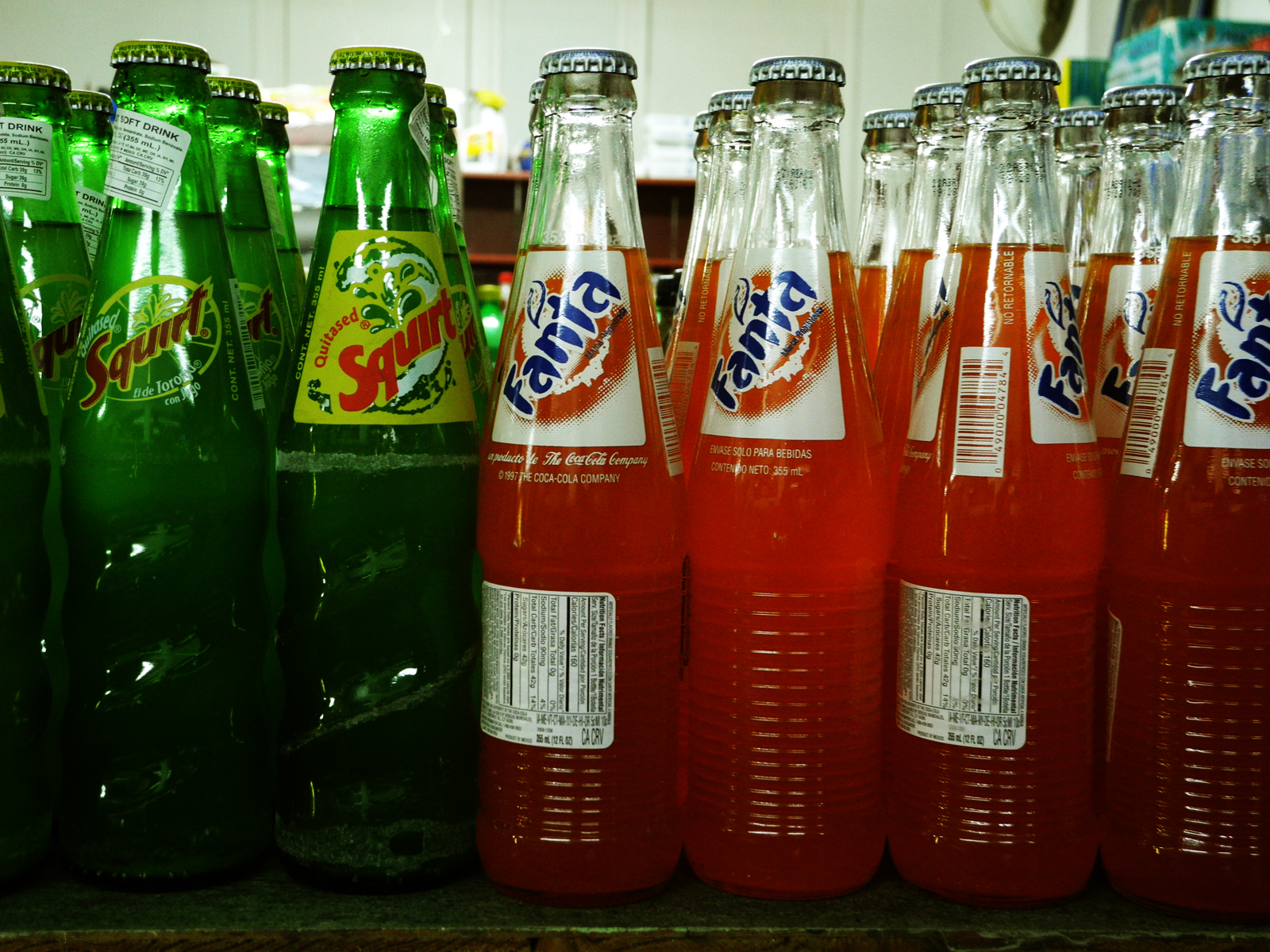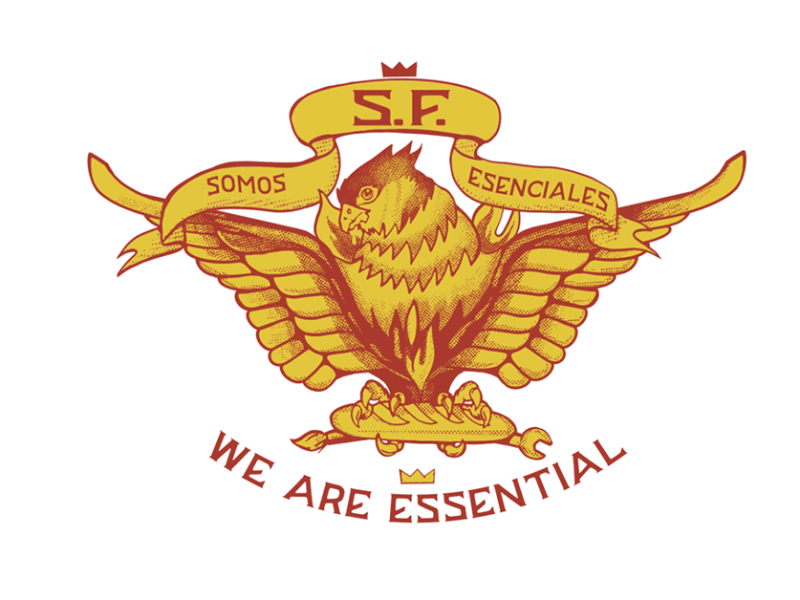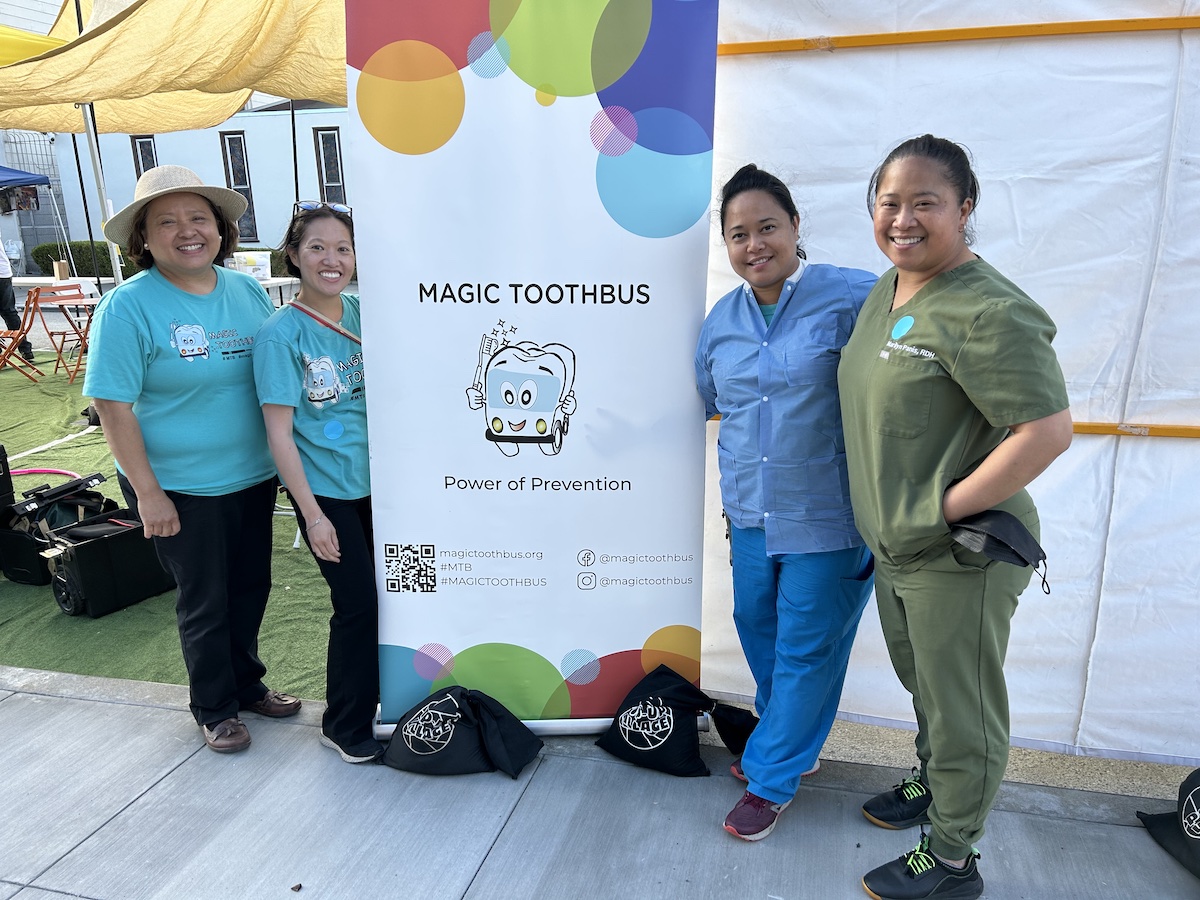Five years after the initiation of San Francisco’s sugary drinks tax, city leaders and medical experts are feeling bubbly.
“We all know taxes are generally not a popular thing, right?” said Dr. Grant Colfax, the director of the Department of Public Health during a Tuesday presentation. “But the important thing is, this happened. And it is improving public health.”
The tax has generated some $72 million since fiscal year 2017-18, according to the Department of Public Health’s deputy director of community wellness, Christina Goette, who helped campaign for the measure in 2016. The majority of the money went directly to improving nutrition, one of the best preventions for diabetes, and food distribution.
By funding educational initiatives, the tax has changed behavior: Goette said some 81 percent of participants in programs funded by the tax are drinking more water compared to sugary drinks like juice, sports drinks or soda, and some 83 percent are eating more fruits and veggies regularly.
“Those are the longer-lasting kind of changes that we’re always looking for,” Goette said.
The tax also helped fund essential food distribution during Covid-19, and partnerships with organizations provided some $2.4 million worth of fruits and vegetables to low-income families this past fiscal year, Goette added.
Additionally, an unpublished model of national sugar taxes in six cities found the potential risk for gestational diabetes, or diabetes among pregnant women, fell 2.2 percent, compared to cities without sugary-drink taxes. Hispanic women appear to benefit the most, with the risk of developing gestational diabetes dropping some 60 percent.
“It’s almost too good to be true,” said Dr. Dean Schillinger, the director of the health communications research program at the University of California, San Francisco.
The assessment from the city came during Tuesday’s Grand Rounds, the weekly medical discussion led by UCSF. The university hosted panelists to discuss outcomes of San Francisco’s Sugary Drink Distributor Tax, a one-cent excise tax per ounce of drinks sweetened by sugar, syrups or powders.
The tax is meant to do two things: Discourage San Franciscans from consuming super-sweet beverages, and funnel money towards improving public health in communities typically “targeted” by the soda industry and unhealthy diets. The funds aimed to improve nutrition, diet and dental health in communities with poor health outcomes, especially where Type-2 diabetes is prevalent.
And the need is stronger than ever, especially when it comes to chronic diseases like Type-2 Diabetes, which disproportionately affects Black, Latinx, and low-income populations. In San Francisco, the Mission, Bayview and southeast of the city are most at-risk.
Type-2 “diabetes is at epidemic levels in communities that have been targeted by the soda industry, and this is an important step to remedy that,” Colfax said.
In 2016, some $85 million in hospitalizations charges were directly related to the disease, per the San Francisco Healthy Improvement Partnership.
Through modeling and research, medical experts suggested that lower soda consumption led to a much lower risk of diabetes among pregnant women, and potential healthcare savings and higher life expectancy, speakers said Tuesday.
The sugary drink tax was placed on the ballot as Proposition V in 2016 by Supervisors Malia Cohen, Mark Farrell, Eric Mar and Scott Wiener. It passed easily with 62.5 percent of the vote and was enacted on Jan. 1, 2018.
A paper published in the Journal of the American Medicine Association Health Forum, made a model of cities, including San Francisco and Oakland, with sugary-drink taxes. The aggregate effect of the model suggested that prices of sugary drinks went up about 33 percent in cities with sugary-drink taxes, and consumption fell about 33 percent. “So, fairly solid evidence using sales data that purchases of sugar-sweetened beverages have fallen, in a sustained fashion,” Schillinger said.
Supporters of the tax and experts also focused on the concept of “water equity,” or increased access to clean water, which contributes to better dental and overall health. Roberto Vargas, associate director for UCSF’s community engagement, added the tax led to more water stations.
Drinking more water and fewer sweet drinks can improve oral health, too, which also disproportionately affects San Franciscans of color. For example, San Francisco kindergarteners of Black, Asian and Latinx descent were more likely to have cavities compared to white kindergarteners, and Mission kindergarteners are more at-risk for cavities, too.
The measure is set to sunset in 2028, unless it’s renewed.
Malia Cohen, the state controller and former District 10 supervisor who originally championed the tax, said for her part that she continues to see American Beverage Association lobbyists at the statehouse. “It’s kind of like what your worst nightmares are made of,” she said. “They are spending a lot of money to influence state government.”





“The aggregate effect of the model suggested that prices of sugary drinks went up about 33 percent in cities with sugary drink taxes, and consumption fell about 33 percent. “So fairly solid evidence using sales data that purchases of sugar sweetened beverages have fallen in a sustained fashion,” Schillinger said.”
This whole argument is intellectually lazy. My purchases of soda in SF have gone way down — because I always buy on shopping trips at the Serramonte Center. My consumption has not changed at all. And to the folks above who think I’m wasting gas? I never make a special trip — I drive by a Target or Costco on the peninsula every couple days regardless.
Soda tax opposition came from Jane Kim and the SF Tenants Union
it really costs a lot to buy a sweet soda drink in san francisco. that;s why we go to westlake shopping center to san mateo country and patronize the safeway, free from this soda tax. its a rip off and poor people get stuck paying it.
Your brilliant move that has you spending gas and time to save 12 cents on a can of soda is also offset by going to a town with a sales tax that’s a full 1.25% higher.
Sure, that’s less than the soda tax, and most foods are not taxed. But I’d be willing to bet you’re arguing over pennies by the time you’re home.
And you pay more for gas which cancels out the soda tax savings.